

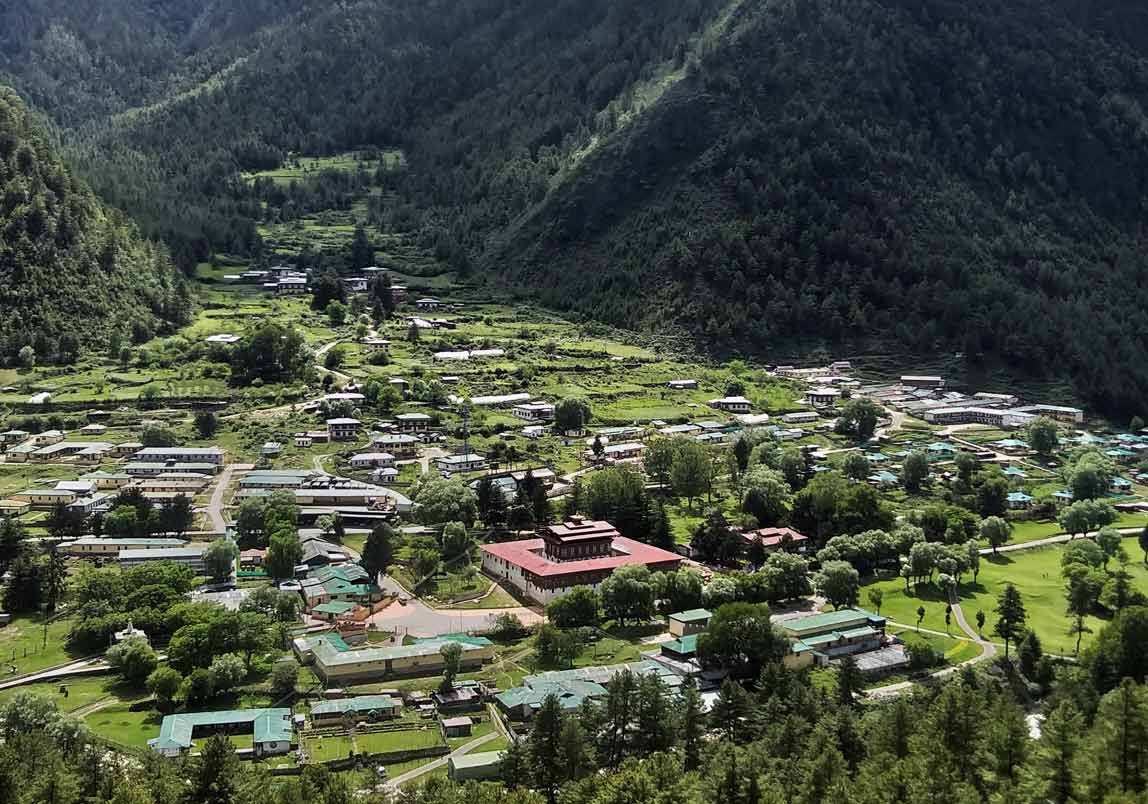
Despite only being accessible to tourists since 2002, the Haa Valley is among the most beautiful and lesser-known valleys in Bhutan. It is tucked away above Paro, and in an attempt to preserve its quaint, bygone era charm.
Despite being extremely close, the Haa Valley has not seen the same level of development as Paro, so you can experience the more traditional way of life that is more typical in the country's east here. We adore this valley for its amazing hiking, serene surroundings, and stunning scenery.
The 3,988-meter Chele-la pass, which provides breathtaking wintertime views of Jichu Drakey and Mount Chomolhari, is crossed on the route to the Haa valley. From this vantage point, you can see the entirety of Western Bhutan, including the pristine Haa valley, the Sikkim mountains to the west, Jhomalhari and Tibet to the north, and the patchwork fields of the Paro valley to the east.
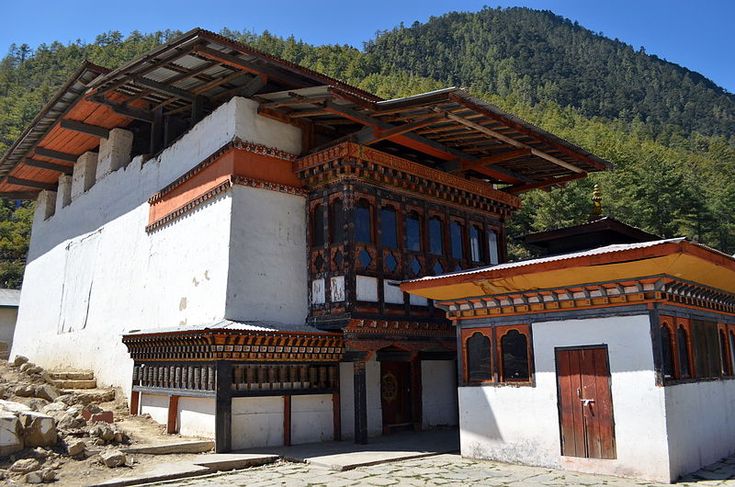
One of two temples constructed in the 7th century by the Tibetan Emperor Songtsen Gampo is Lhakhang Nagpo, also known as the Black Temple, located in the Haa Valley. According to legend, the Emperor sent out two doves, a black and a white one, from his heart to locate lucky spots where the temples should be built. The Lhakhang Nagpo, or black temple, was constructed in the same spot where the black dove landed. It is also the location of the white temple, also known as the Lhakhang Karpo, where the white bird landed.
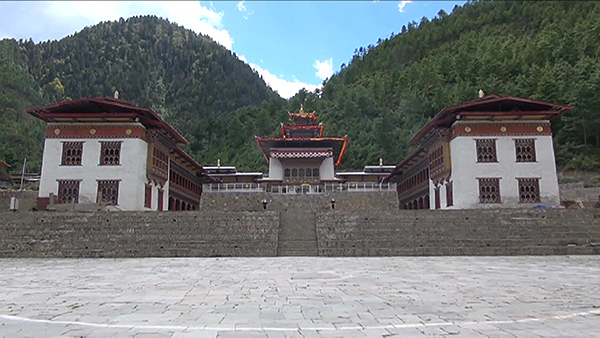
According to legend, in the seventh century, the Tibetan Emperor Songtsen Gampo sent out two birds, a black and a white one, to find good locations for building temples. The Lhakhang Karpo, or "white temple," was constructed in the location where the white bird touched down. It recently underwent renovations and an expansion.
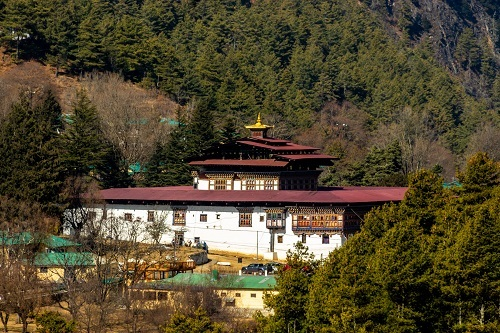
The Haa Wangchuk Lo Dzong was constructed as a center of administration. Built in 1915 following the destruction of the old Damcho Dzong by fire, it is one of the nation's newer Dzongs. This Dzong is not like other Dzongs; most Dzongs in Bhutan were constructed on ridgetops or hillsides as a barrier against invasion and encroachment by foreign powers. The Dzong now serves as the headquarters of IMTRAT and is home to a military hospital, a school for the offspring of Indian army personnel, and a military school. The district administrative center is still housed in a newly built dzong that was built in 1968.
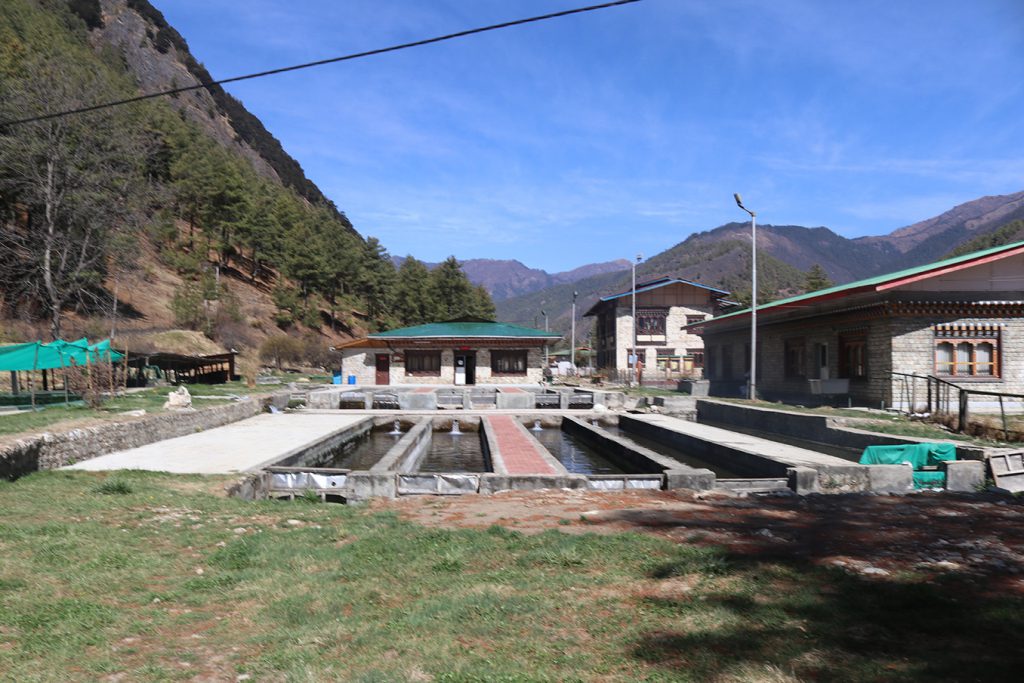
Warm water aquaculture makes up the majority of fish farms in Bhutan; however, the National Research Center for Riverine and Lake Fishes established the Trout Breeding Center in 2008 to support and advance fish culture based on cold water fish species, following the introduction of rainbow trout. There are now only a few cold fish farms in the nation, such as Tsang Chu Trout Farm in Haa, which is well worth a visit to learn more about Bhutan's aquaculture. For those who enjoy Bhutan's fresh cold water fish, a small number of fish are available from the commercial cold fish farm.